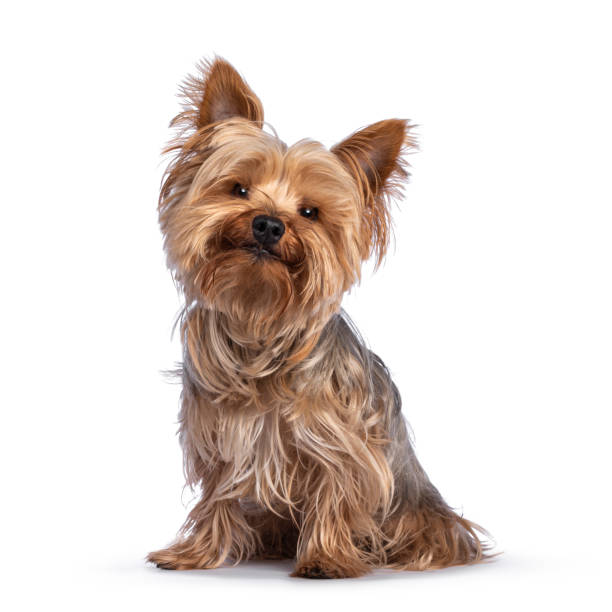
Food allergies in pets can be tricky to identify. If your furry friend experiences itchy skin, digestive issues, excessive shedding, or ear infections, food allergies might be the culprit. As pet parents, it’s crucial to recognize the signs and take the right steps to ensure a healthy, allergy-free diet for your pet. Want a customized, vet-approved diet plan for your pet? Get one for just ₹49 at Happietail!
1. What is a Food Allergy in Pets?
A food allergy occurs when a pet’s immune system mistakenly identifies a specific food ingredient as harmful, triggering an allergic reaction. Unlike food intolerances (which cause digestive discomfort), food allergies can affect the skin, coat, and overall health.
2. Common Symptoms of Food Allergies in Pets
Not sure if your pet has food allergies? Look out for these signs:
Skin Problems: Constant scratching, redness, rashes, and hair loss.
Digestive Issues: Vomiting, diarrhea, excessive gas, or bloating.
Ear Infections: Recurrent infections, bad odor, and excessive head shaking.
Paw Licking & Face Rubbing: A common sign of discomfort.
Excessive Shedding: More than normal hair loss, leading to bald patches.
Pro Tip: If your pet is experiencing hair fall, try Happietail’s Hairfall Shampoo, Protein Pet Conditioner, and Dry Bath for improved coat health!
3. Common Food Allergens for Pets
Some ingredients are more likely to trigger allergic reactions in pets, including:
For Dogs:
✔ Beef ✔Chicken ✔ Dairy ✔Wheat ✔Soy ✔Eggs
For Cats:
✔ Fish ✔ Dairy ✔ Chicken ✔ Grains (corn, wheat, and soy)
4. How to Identify a Food Allergy?
The best way to determine what’s causing your pet’s allergy is through an Elimination Diet Trial:
1. Remove Suspected Allergens – Switch to a hypoallergenic diet with limited ingredients.
2. Monitor Symptoms – Keep an eye on your pet’s reaction over 8-12 weeks.
3. Reintroduce Foods Slowly – Introduce potential allergens one by one to identify
triggers.
Tip: If you’re unsure about what food to choose, get a vet-approved diet chart for just ₹49 on Happietail!
5. Best Diet for Pets with Allergies
If your pet has food allergies, switch to a hypoallergenic or limited-ingredient diet:
✔ Novel Protein Diet – Proteins like duck, venison, or fish that your pet hasn’t eaten
before.
✔ Grain-Free Diet – Avoids wheat, soy, and corn (which are common allergens).
✔ Homemade Diet – Freshly prepared meals with vet guidance.
✔ Hydrolyzed Protein Diet – Specially formulated food where proteins are broken
down for easy digestion.
Need help creating a balanced diet? Happietail offers personalized vet-approved diet plans for just ₹49!
6. Managing & Treating Food Allergies Once you identify a food allergy, here’s how you can manage it:
Stick to an Allergy-Friendly Diet – Avoid allergenic ingredients completely.
Regular Vet Check-Ups – Ensure your pet’s diet meets all nutritional needs.
Use Hypoallergenic Grooming Products – Prevent further irritation with Happietail’s Anti- Itch Shampoo, Anti-Tick Shampoo, and Protein
Pet Conditioner.
Monitor Treats & Supplements – Some may contain hidden allergens.
7. The Key to a Healthy, Allergy-Free Pet!
Managing food allergies in pets requires patience, the right diet, and proper care. If your pet shows signs of an allergy, take action before it worsens.
Need expert help? Get a personalized, vet approved diet chart for ₹49 on Happietail to ensure your pet’s health and happiness!



